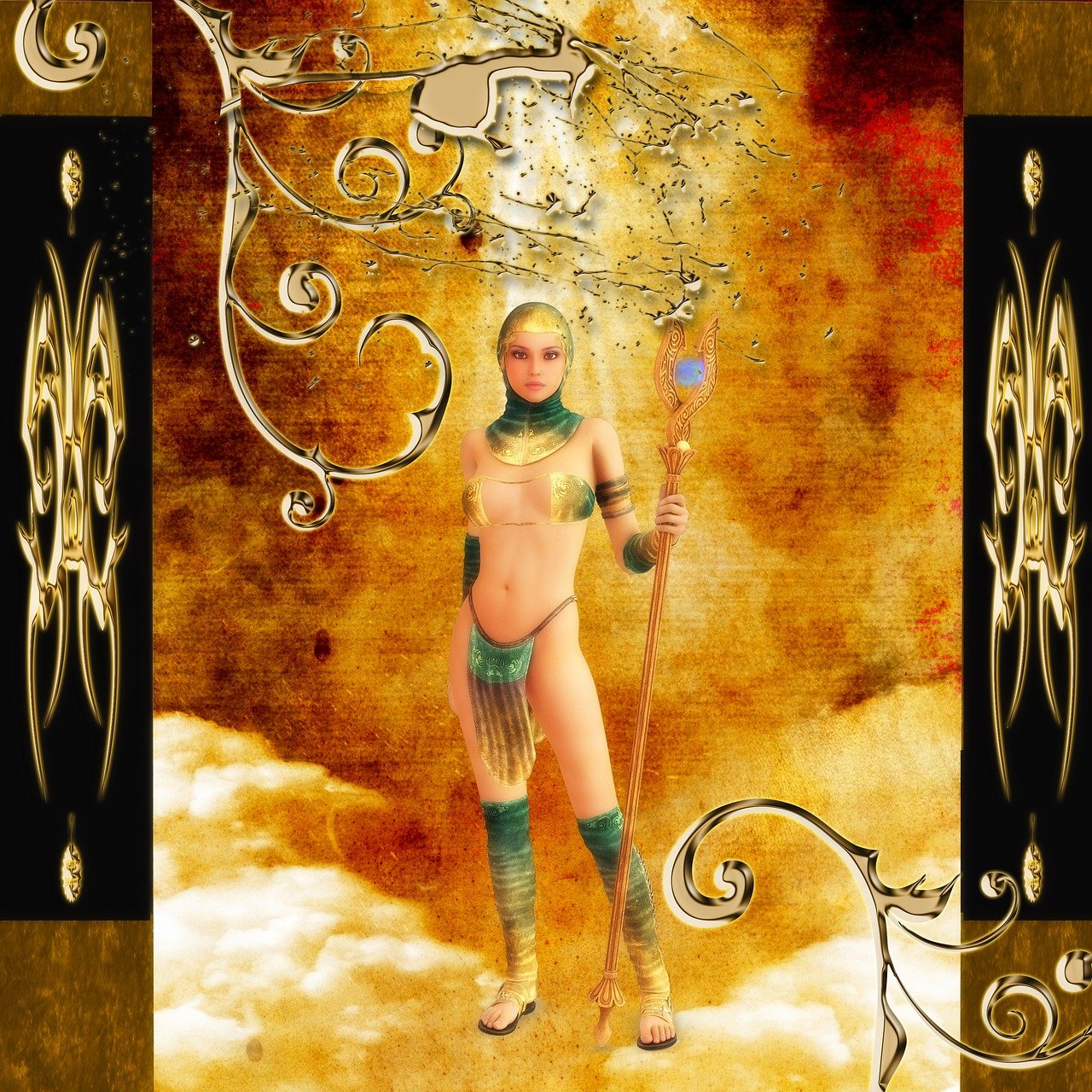Exploring Ancient Dance: An Introduction to Traditional Dance Forms
Introduction:
Ancient dance forms provide a captivating window into the cultures, histories, and traditions of civilizations long past. From the graceful movements of Indian classical dance to the powerful stomps of Greek folk dances, each tradition tells a story of its own. In this exploration, we delve into the rich tapestry of ancient dance, shedding light on its significance and diverse forms.
Ancient Egyptian Dance:
Ancient Egypt, with its mystique and grandeur, boasted a rich tradition of dance. Depicted in hieroglyphs, murals, and sculptures, Egyptian dance was an integral part of religious ceremonies, celebrations, and social gatherings. Characterized by fluid movements, intricate gestures, and rhythmic footwork, it symbolized fertility, joy, and reverence for the divine. Women often performed with graceful sways of the hips and arms, while men emphasized strength and agility in their movements.
Greek Classical Dance:
In ancient Greece, dance held a prominent place in both religious rituals and artistic expression. Greek classical dance encompassed a variety of styles, from the solemn and dignified movements of choral dances to the spirited leaps and spins of theatrical performances. Dancers adorned elaborate costumes and masks, embodying characters from mythology and literature. Through dance, Greeks honored their gods, celebrated victories, and expressed the complexities of human emotions.
Bharatanatyam - Indian Classical Dance:
Bharatanatyam, one of the oldest classical dance forms of India, originated in the temples of Tamil Nadu. Steeped in mythology and spirituality, it combines intricate footwork, expressive gestures, and emotive facial expressions. Dancers, adorned in vibrant costumes and adorned with intricate jewelry, interpret ancient stories and hymns through their movements. Each gesture, known as mudra, conveys profound meanings, invoking deities and evoking a range of emotions in the audience.
Chinese Classical Dance:
Traditional Chinese dance, with its graceful movements and vibrant costumes, reflects the rich cultural heritage of China. Rooted in ancient rituals and folklore, Chinese classical dance encompasses a diverse range of styles, from the elegant flowing motions of Han dynasty dances to the dynamic leaps and spins of martial arts-inspired performances. Through meticulous choreography and symbolic gestures, dancers convey narratives of love, heroism, and spiritual enlightenment.
Mayan Ritual Dance:
Among the ancient civilizations of Mesoamerica, the Maya revered dance as a sacred art form intertwined with religious beliefs and cosmology. Mayan ritual dance, performed during ceremonies and festivals, honored gods and ancestors, invoked blessings, and ensured the harmony of the cosmos. Dancers adorned themselves with elaborate costumes and masks, embodying divine beings and mythical creatures. With rhythmic drumming and chanting, they transported participants into realms of the supernatural, bridging the gap between the earthly and the divine.
Preservation and Revival:
While many ancient dance forms have survived the test of time, others have faced the threat of extinction due to cultural assimilation, political upheaval, or changing social dynamics. In recent years, efforts to preserve and revive these traditions have gained momentum, driven by a renewed interest in cultural heritage and identity. Dance scholars, practitioners, and enthusiasts collaborate to document, research, and transmit ancient dance forms to future generations, ensuring that their legacy endures.
Conclusion:
Ancient dance is more than just a series of movements; it is a living testament to the creativity, spirituality, and resilience of human civilization. By exploring these timeless traditions, we gain insight into the beliefs, values, and aspirations of cultures that have shaped our world. As custodians of this cultural heritage, it is our responsibility to celebrate, preserve, and pass on these ancient dances, ensuring that they continue to inspire and enrich our lives for generations to come.

版权声明
本文仅代表作者观点,不代表百度立场。
本文系作者授权百度百家发表,未经许可,不得转载。









评论